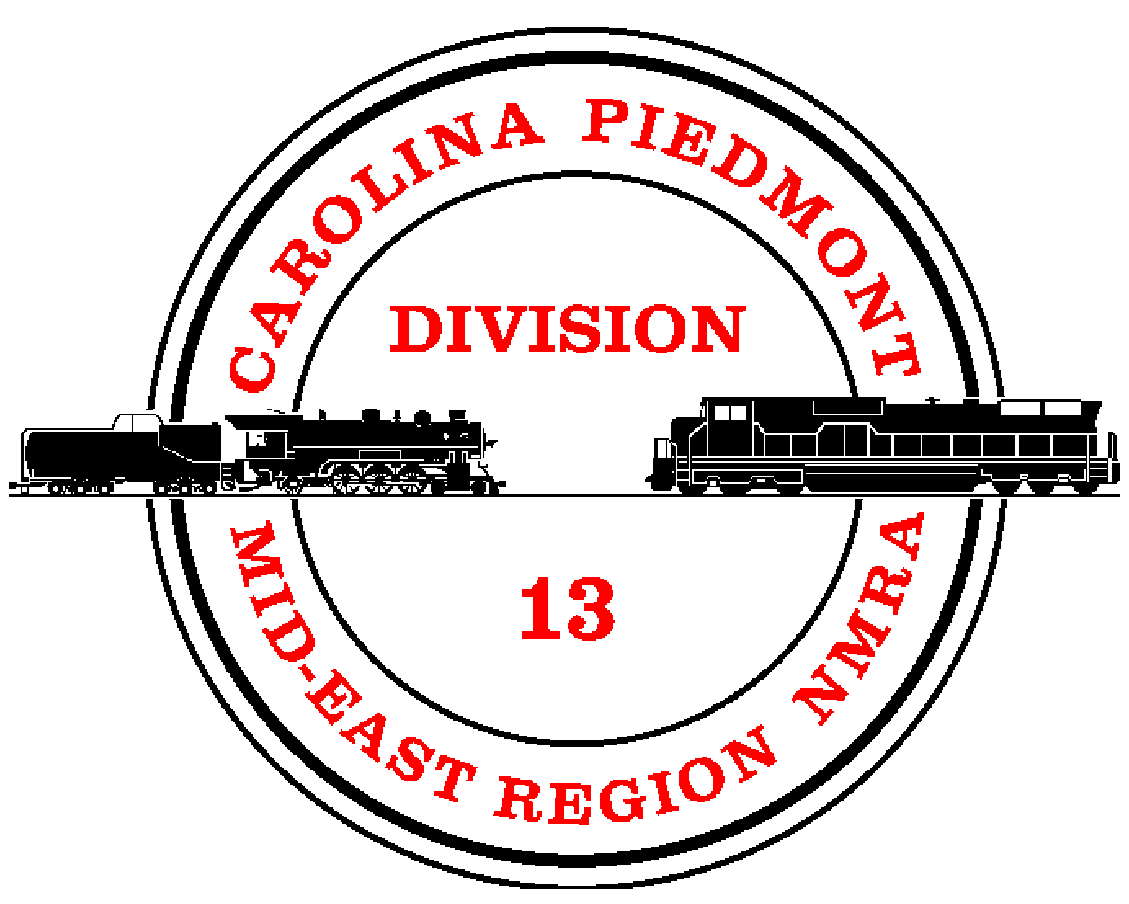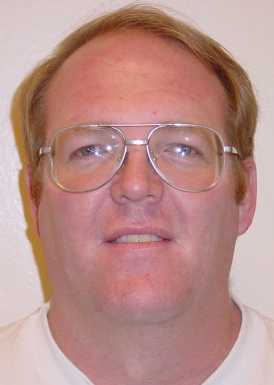Introduction
The Clear Creek Narrow Gauge Railroad is a fictional, freelanced narrow gauge transportation system. The location is somewhere Coloradoish, and it connects to a broad gauge short line on one end and a small, though extremely busy, logging operation on the other. The time setting is loosely 1930s. It is modeled in HO/HON3.
Concepts
I have had the narrow gauge "bug" since I saw my first Narrow Gauge Short Line Gazette magazine. Since then I have collected all issues, save one. I love scratch-building, details and the freedom freelance modeling gives me. However, I try to follow prototype practice when practical and deviate only when necessary.
My railroad is an attempt to model a narrow gauge transportation system, not just narrow gauge trains. Eventually, the narrow gauge connects to broad gauge railroads when the need for narrow gauge stops. So, I developed a layout plan to incorporate broad gauge and narrow gauge into my railroad. I had a copy of Malcolm Furlow's San Juan Central Book, "An HO Narrow Gauge Railroad You Can Build" by Kalmbach Publishers(now out of print). Inspired by this book, I expanded the layout to suit my taste and preferences. I incorporated the San Juan Central in between a logging operation and a broad gauge short line that connects to the Pacific coast via the fictional Elk River. This concept leads to a dual gauge interchange known as Grand Junction. Now I had the bare bones of a layout idea.
Like many modelers, I was influenced by the late John Allen's photos of the G& D and wanted to incorporate floor to ceiling mountain scenery. That has been worked into the layout plan as well. The result is the layout plan outlined here.
Along the Right of Way
All of the incoming supplies, machinery, and goods arrive via barge or boat at Elk Springs located on the Elk River. Elk Springs is the Western terminus of the Paradise & Western (P&W), the broad gauge short line. One spur is on the docks to facilitate loading and unloading of goods. The town itself is typical for the era with architecture of an earlier decade but not beyond its usefulness or charm. Various vehicles and wagons are common on its streets delivering local farm produce and goods. Beyond the yard is the engine servicing facilities for the P&W. A three-stall engine house, machine shop, coal, oil, and water supply and maintain the hungry steam engines.as they prepare for the mountain run to Paradise.
The P&W mixed freight leaves Elk Springs on the return run to Paradise crossing under the Castle Rock Bridge along Cordero Creek. The train then enters the mountain and exits to cross over the Castle Rock Bridge. As the climb continues around Silver Peak another breathtaking view of the Sierra Vista Gorge is seen. This is approximately eight (8) miles out of Elk Springs nearing Paradise. At mile nine (9) the train crosses over the bridge at Window Rock leading into Paradise.
Now a third rail has joined the trackage. The interchange with the Clear Creek Narrow Gauge Railroad has begun. The train stops at Paradise to let passengers disembark at the station and then continues to the interchange at Grand Junction.
At Grand Junction the P&W engine drops its cars and gets serviced. With nearly all of its coal and water used up on the two percent grade, the steam engine gets a well-deserved rest and service. Next job for the crew is some interchange switching at lunchtime to make up the next run down to Elk Springs.
The Clear Creek's narrow gauge engines have just returned from the AM mixed freight run to Tincup and are busy getting serviced. The next train to Tincup is at 2:00 p.m. so there is time for the Elk Springs passengers to do some sightseeing in Paradise. Shopping is minimal but Indian souvenirs and some fruit to snack on during the trip are in good supply.
The call to board is sounded and the train is ready for the afternoon run to Tincup. First stop on the line is Clear Creek, the largest of the small towns on the way to Tincup. Here ore from a silver mine further up the line is processed. The train picks up some empty ore cars to deliver to the mine. The train leaves Clear Creek and enters another tunnel and then passes more scenery as it crosses Crazy Horse Bridge. The Wentamuk Mine is on the right and the engine backs into the spur and drops the empty ore cars. The train then heads on to the White River Pass where it crosses one of the last wooden tall trestle bridges. Next stop Tincup.
The train enters yet another tunnel and then rolls into Tincup right on time. Tincup is the end of the line for the Clear Creek Narrow Gauge Railroad, but it is also one of the busiest towns along the pike. The Clear Creek's best customer has a siding here. The Green Mountain Timber Company ships a lot of sawn wood over the CCNG and the more they ship the more traffic for the railroad and it's bottom line. This timber is used all along the right of way to build with and also gets shipped out of Elk Springs to other towns along the Pacific Coast.
The traffic of these three railroads comprise a snap shot of how at least this narrow gauge railroad thrived by supplying vital transportation to industry and commerce in remote areas of the country.
Engines and Rolling Stock
The Clear Creek Narrow Gauge engines are former D&RGW cast offs that have been reworked but have a very good life expectancy. Two Baldwin 2-8-0s comprise the roster. Number 64 is an outside frame C-21, and number 48 is an inside frame Consolidation_. Rumors persist that a Mack rail bus has been acquired but has not yet been delivered.
The Green Mountain Timber Company operates and 18-ton Shay wood burner. A very dependable and economical engine, especially in the fuel department. The Paradise & Western has a small Baldwin 0-4-0 switcher in the yard and a couple of 4-6-0s for the two percent grade runs up and down the mountains.
Various rolling stock come and go, such as gondolas, box, refrigerated, tank, and flats as needed.
Construction
The basic framework of the railroad is L-girder with open framework sub-roadbed. Roadbed is half-inch ceiling tile cut to match the plywood sub-roadbed.
Track work is Micro Engineering flex with #4 Shirohara switches. Grand Junction is hand laid code #70 dual gauge trackage with stub switches. Most turnouts are hand thrown unless they are out of reach. In that case, tortoise switch machines perform the duties.
Scenery is extruded blue foam sheet stacked to form the mountains and elevations. Dirt is used for dirt. Various ground foams and natural items make up the turf and weeds. Trees are various handmade types.
Plaster makes up some of the rock castings and hard shell. The lower half of the mountains is geodesic foam shell to stand up to traffic during operating sessions.
Train control is provided by Digitrax DCC. There are four circuit breakers and five blocks.
As the railroad is still under construction, operating sessions will work out the bugs in the train schedule. Meanwhile, there is a lot of railroad to be built.
Conclusion
Model railroading is fun. Its fun to build, learn about electricity, create, operate, and teach these skills to others. Ever since my Uncle Joe DeShong first took me to his basement shop in Delaware, trains have been part of our family. I've shared my trains with nieces and nephews by informal operating sessions holding them on my lap because they weren't tall enough to see. Now, I can share this layout with others and perhaps teach a little history in the process. But its all fun. I welcome any questions or comments. |
![]()


![]()
![]()
![]()
![]()
![]()